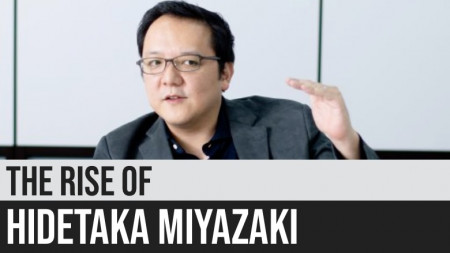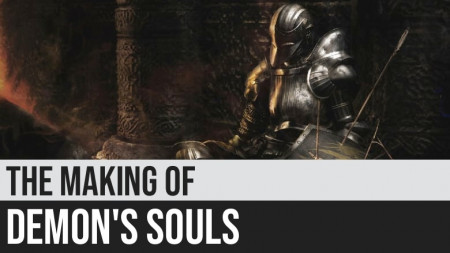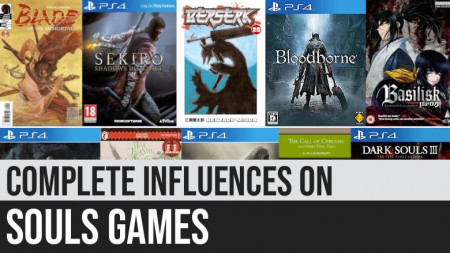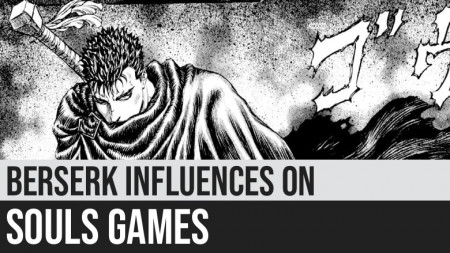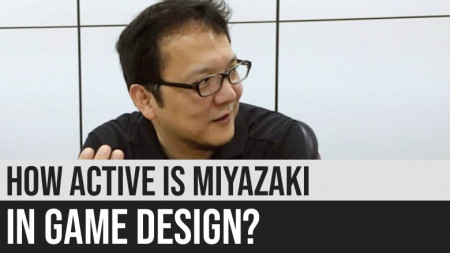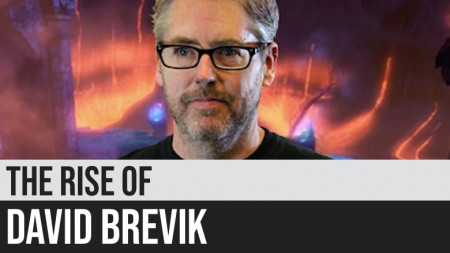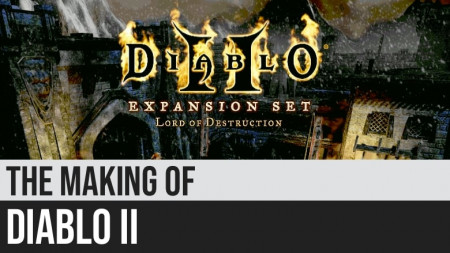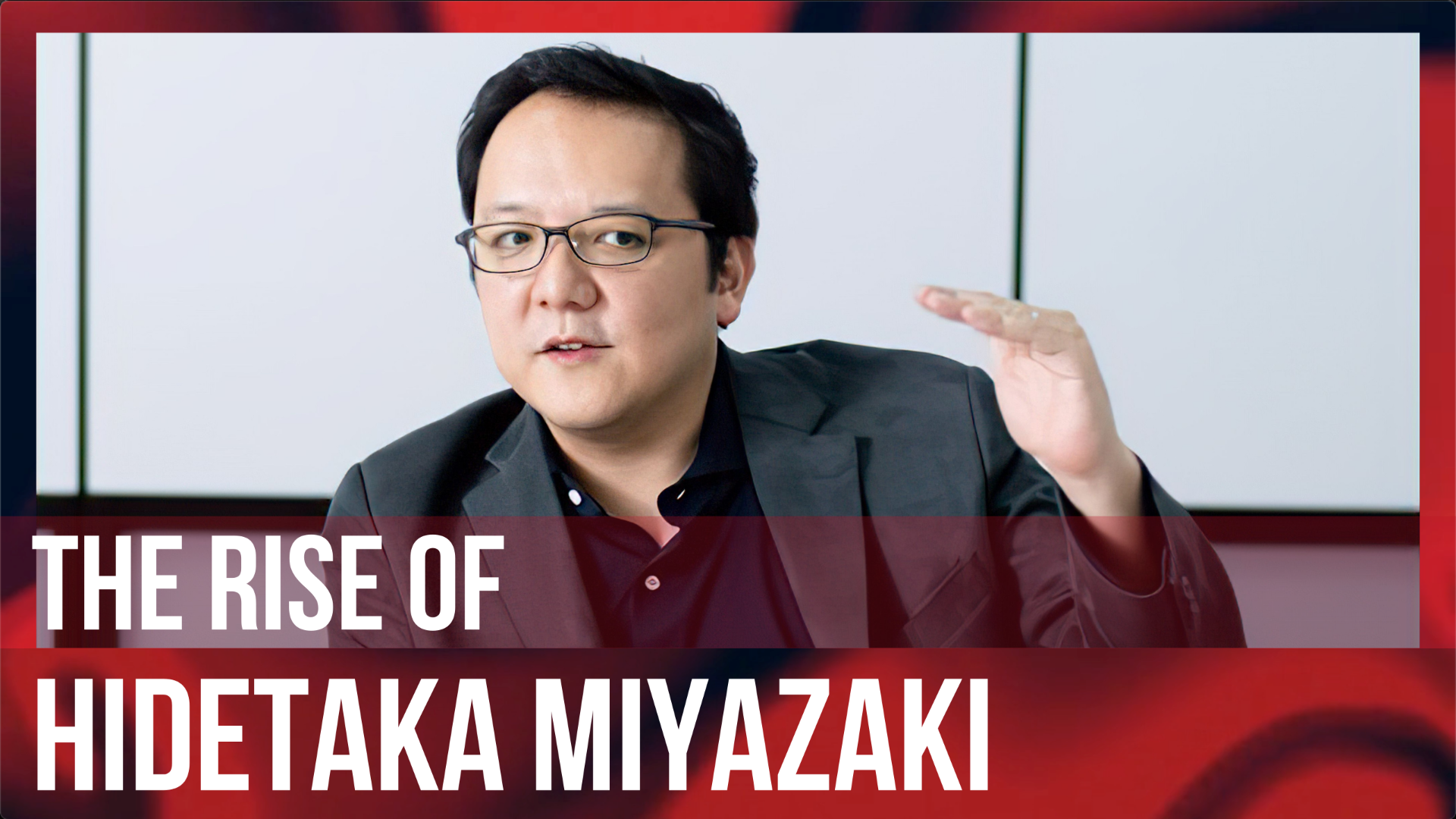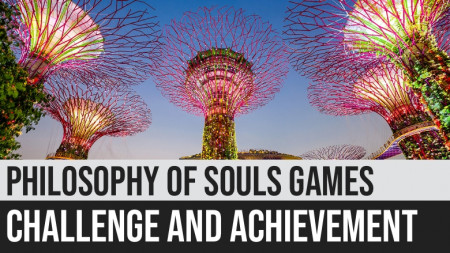
Game Design: Unity of Purpose
1 Unity of Purpose
Every principle used and feature added to the game either creates or reinforces the mission’s intent, which is to give the most engaging experience to the players of Mechdamon.
All of the high-level principles and specific guidelines work in harmony and synergize.
1.1 Highest Form of Media
Video games are the highest form of media. They compete with Movies, Music, Books, and Television, the facets of which are all absorbed by video games through visuals, sound, story, and flow.
However, as video games are not passively consumed, and active participation is mandatory, they are the hardest to begin, continue, and return to if improperly designed and implemented.
1.2 Maximize the Three Pulls
Hence, it is important to maximize during game design the Three Pulls.
Every person consuming media feels a pull: the pull to begin watching a movie or a TV show, the pull to continue reading a book or listening to an album, and the pull to return to them after taking a break.
Every video game competes with other media through these three kinds of pulls. Ultimately, the consumer selects the media with the strongest pull.
In essence, all the Manifesto guidelines aim to maximize the pull of the Mechdamon games so the player will begin, continue, and return through pure engagement.
1.2.1 Pull to Begin
Maximize the Pull to Begin for the player through what he senses first: the visuals. Provide engaging visual art, screenshots, trailers, and actual gameplay that captures the core concept and fantasy of the game.
The guidelines for 9 (Beautiful by Default), 9.1 (Maximize Beauty), and 8.6 (Presented at Its Best) will help maximize the Pull to Begin for players who are not familiar with and are new to the Mechdamon games.
An even better approach is cultivating a community of players familiar with Mechdamon even before the games get released. The guidelines for 8.1 (Get Early Feedback), 8.1.1 (Provide a Demo), and 8.1.2 (Robust Foundation) will help with this.
1.2.2 Pull to Continue
The fate of the game is decided in the first session of gameplay. Maximize the Pull to Continue with what the player senses next after the visuals: the music. It should match and even exceed the expectation set by the game’s art.
The player should experience in the first session the Game Loop as well as the second-best music of the game, if not the best. You are sealing the contract and saying, “This amazing experience is what you signed up for. Go and enjoy the adventure.”
In the first session itself, the player should experience what the whole game is all about. People will decide to continue and then later on return based on this impression.
The guidelines for 12.1 (One Mission), 3.5.1 (Tutorial as Gameplay), 4.4.1 (First Death ASAP), and 1.3.2 (Game Loop) will help maximize the Pull to Continue and provide details on what should happen in the first session for guaranteed high player engagement.
1.2.3 Pull to Return
After the first session, all subsequent plays of the player are due to the Pull to Return.
The player will surely return if the game succeeds in creating engagement in the first session and encourages continuing that first enjoyable experience.
Hence, as early as possible, the game should establish the Game Loop and ensure that it is robust and highly engaging.
Beyond the first session, the game’s mechanics will play the biggest role in continued player engagement, more than the visuals and the music.
The guidelines for 1.3 (Permanence Game), 1.3.1 (Attachment Principle), 1.3.2 (Game Loop), and 1.4 (Why We Play Games) will provide the foundation for why players stick to the adventure once it begins.
1.3 Permanence Game
Video games differ from other media in that they are inherently interactive and provide dynamic experiences based on the activities in the game. This game state can be preserved and revisited in further plays.
The Mechdamon games are designed to be played continuously and are meant to be endlessly playable without the experience of tedium and repetition. This is achieved not through randomization but through meticulous content design and usage of game mechanics that align with this goal.
The guidelines for 15 (Never-Ending), 15.1 (Room for Continuity), 15.1.1 (No Hard Stop), and 15.2 (Playability Over Replayability) provide more details on permanent playthroughs.
As the Mechdamon games favor permanent single playthrough over game restarts, it is crucial that their mechanics and the experience they provide are as engaging as possible.
The guidelines for 1.3.1 (Attachment Principle), 1.3.2 (Game Loop), and 1.4 (Why We Play Games) will provide more details on this.
1.3.1 Attachment Principle
A player can become attached to a game even if that game is not perfect. He can be attached to the music, the visuals, the combat, the story, the characters, the mechanics, or even the world that is presented in that game.
A game can be poor in various aspects, but if it provides one or more brilliant facets that resonate with the player, he will continuously return to the game until the magic of that shining facet becomes dull or gets overcome by other games or an existing weakness in the game.
The Attachment Principle becomes even more predominant when a game is considered perfect or among the best. The admired shining facet gets even brighter, and the player has more reasons to love the game. Some examples are:
- Journey – for the music
- The Last of Us – for the story
- Ori and the Blind Forest – for the visuals
- Super Mario World – for the gameplay
The goal in the design of Mechdamon is to create as many brilliant facets that resonate with players without introducing weaknesses that can dull the experience. The guidelines under 1.8 (Only Relevant Features) give more details on this.
1.3.2 Game Loop
In the first gaming session, one of the major goals is to introduce the Game Loop.
The Game Loop answers the question, “What do you do in the game?” without invoking the game’s music, visuals, story, characters, mechanics, and world.
It is the highest level and most important mechanic that drives the flow of the game while keeping the player engaged.
The player might not even be aware that he is in a loop because he experiences the game through the visible facets – the music, visuals, story, characters, etc. But as a creator, it is crucial to be aware of the Game Loop to achieve Unity of Purpose.
As shared in 1.3 (Permanence Game), Mechdamon games are meant to be played continuously. Hence, they must have a very solid Game Loop to make this goal achievable.
To accomplish this goal, we considered the fundamental question, “Why do we play video games?” Guidelines 1.4 (Why We Play Games) and 1.4.1 (Sense of Achievement) provide more details.
The Game Loop of Mechdamon is the collection and progression of items achieved through overcoming challenges purely by combat-centric activities.
All of the principles and guidelines align harmoniously with this Game Loop.
1.4 Why We Play Games
People play video games for various reasons: to pass the time and relieve boredom, to experience an emotion like joy, fear, or excitement through an engaging story and music, to discover a new world beyond what movies and books can offer, and so on.
The common pattern among the reasons above is that they all belong to the first Pull, the Pull to Begin.
For a player to continue a game beyond the first series of experiences after the novelty of the game has passed, there is a stronger reason that transcends the visible facets of the game.
This reason is the key to designing a game that can be continuously played with high engagement.
This key is our yearning to feel a Sense of Achievement in doing long-running activities.
When the game continuously provides a Sense of Achievement at an engaging level, the Pull to Continue and Pull to Return naturally get satisfied.
1.4.1 Sense of Achievement
Various factors contribute to a player experiencing a sense of achievement in a game.
The three main factors that contribute to this feeling are:
- Collection
- Progression
- Challenge
The most engaging games in history utilize one or more of these main factors. Some examples are:
- Collection – Pokémon, Diablo, Path of Exile
- Progression – Monster Hunter, Minecraft, World of Warcraft
- Challenge – Dark Souls, Hollow Knight, Nioh
The common characteristic among these games is that the player continues beyond the end credits through an endgame or a new game plus. They are also among the games with the highest number of hours played.
1.4.1.1 Collection
Collecting items is one of the most common and relatable hobbies outside video games. It comes naturally to everyone as it is inherent for us to accumulate things we like.
Hence, it is one of the most engaging Game Loops contributing to a Sense of Achievement for players.
In Mechdamon, Collection is one of the 3 main Loops of the game, together with Progression and Challenge.
With the addition of the guidelines covered in 14 (Games Synergy), 14.1 (Desirable Collection), and 14.2 (Game Link), the Collection becomes even more engaging.
1.4.1.2 Progression
The feeling of growth is one of the primary motivators behind pursuing activities for all of us. We all feel a sense of achievement when we feel that we improve in the things we do.
Hence, it is one of the most common Game Loops used by video games to impart a Sense of Achievement to players. It is the reason why it is the universal mechanic shared by all MMOs.
In Mechdamon, Progression is one of the 3 main Loops of the game, together with Collection and Challenge.
1.4.1.3 Challenge
If Collection and Progression give us a natural good feeling about what we do, Challenge does the opposite, as, by default, it thwarts and frustrates us.
This is the core difference between Challenge from the first two main Loops. The satisfaction comes later, but often, it is even more exhilarating and cathartic.
Challenge as a Loop is usually avoided and rarely used, as it often pushes players away from the Pull to Begin. Then the difficulty typically blocks actual players from the Pull to Continue. This frustration and the memory of struggling while playing will then lead to complete avoidance of the Pull to Return.
Hence, if improperly designed and implemented, Challenge will be detrimental to achieving the goal of 1.2 (Maximize the Three Pulls).
Mechdamon games are challenging by default, and we want to get it right. This is why we dedicated 5 out of the 15 main principles to Challenge. These are:
- 3 Challenge-Driven Game Flow
- 4 Fairness Through Familiarity
- 5 Equaling Principle
- 6 Reasonable Difficulty
- 7 Combat as Dance
We aim to make Challenge the most exciting and engaging Game Loop of Mechdamon, more than Collection and Progression.
Challenge gives validity and purpose to the Loops of Collection and Progression.
1.5 Nothing is Optional
Having the primary principle of Unity of Purpose, Mechdamon will not include any feature or items that can be considered optional. Anything added to the game will become mandatory for its completion.
Rather than a guideline restricting content, this emphasizes the addition of features that can either create or reinforce the game’s mission.
Every item or feature has a purpose in the hero’s journey.
1.5.1 No Soup Ladle Run
As Nothing is Optional in the game, it is impossible to make good progress and complete the game without using all the items and features provided.
Runs that use a subset of available items are not possible.
1.5.2 The Speedrun is the Run
Since all available features and items are mandatory to progress in the game, there is no difference between a speedrun and a normal run.
Standard techniques for speedrunning, such as skipping events, locations, bosses, enemies, and so on, are not possible.
1.5.3 No Feature Avoidance
As Nothing is Optional, it naturally follows that all features in the game have utility and contribution for progressing the hero.
1.5.4 Unmissable Features
It is very common among video games to have missable features, items, events, boss fights, etc.
Mechdamon is designed such that it is impossible to miss anything that has been added to the game, regardless of how the player plays.
We dedicated 2 out of the 15 main principles to ensure that this guidance is transparent to the players and feels natural, to ensure that they feel no restriction in their freedom while playing.
1.6 No Vanishing Mechanics
In most games, there are mechanics introduced in the early part of the game, which either becomes countered or nullified by new mechanics later on. This makes the older mechanic no longer a concern of the player.
Mechdamon is designed to avoid vanishing mechanics. They are either prevented from being introduced in the first place or are never nullified and might even get reinforced in the later part of the game.
1.7 No Competing Mechanics
In most games, they provide multiple mechanics for achieving the same goal. Players will naturally prefer the easier way or the one that suits their taste, making the one they did not choose as optional.
Mechdamon is designed such that competing mechanics and redundancies are removed.
As a specific example, a hero has a choice of buying a sword with gold coins or crafting the same sword with monster parts. The first is an Economy Mechanic, and the second is a Crafting Mechanic. Mechdamon will not provide multiple options like this as they trivialize the game.
We utilized 2 out of the 15 main principles to ensure the player experience is of the highest integrity and promotes the best engagement.
1.8 Only Relevant Features
Mechdamon is very specific in its mission – to create the most engaging combat-centric, isometric action role-playing video games with an emphasis on collection, progression, and challenge. Hence, it will not have any features that dilute or detract from this mission.
Some examples are:
1.8.1 Strength of Purpose
By being mindful of the mission and selective of what features get introduced and reinforced in the game, we achieve Strength of Purpose.
1.8.1.1 Combat-Centric
The most crucial part of the mission is the game being Combat-Centric. This validates and gives purpose to everything added to the game, from the mechanics, dialogues, and items, to the music, visuals, and story.
1.8.1.2 No Platforming
There is no platforming in Mechdamon.
1.8.1.3 No Puzzles
There are no puzzles in Mechdamon.
1.8.1.4 No Stealth
There is no stealth in Mechdamon.
1.9 Consumer Sense
As the last guidance under Unity of Purpose, it is crucial as a creator to play the game as a consumer and check if anything feels off. Does the game feel whole, and is there harmony in all the features faced in the game?
Is there any source of annoyance in the game?
The guidelines for 8 (Attention to Detail), 8.1 (Get Early Feedback), 8.1.1 (Provide a Demo), and 8.1.2 (Robust Foundation) will provide more details on this.
